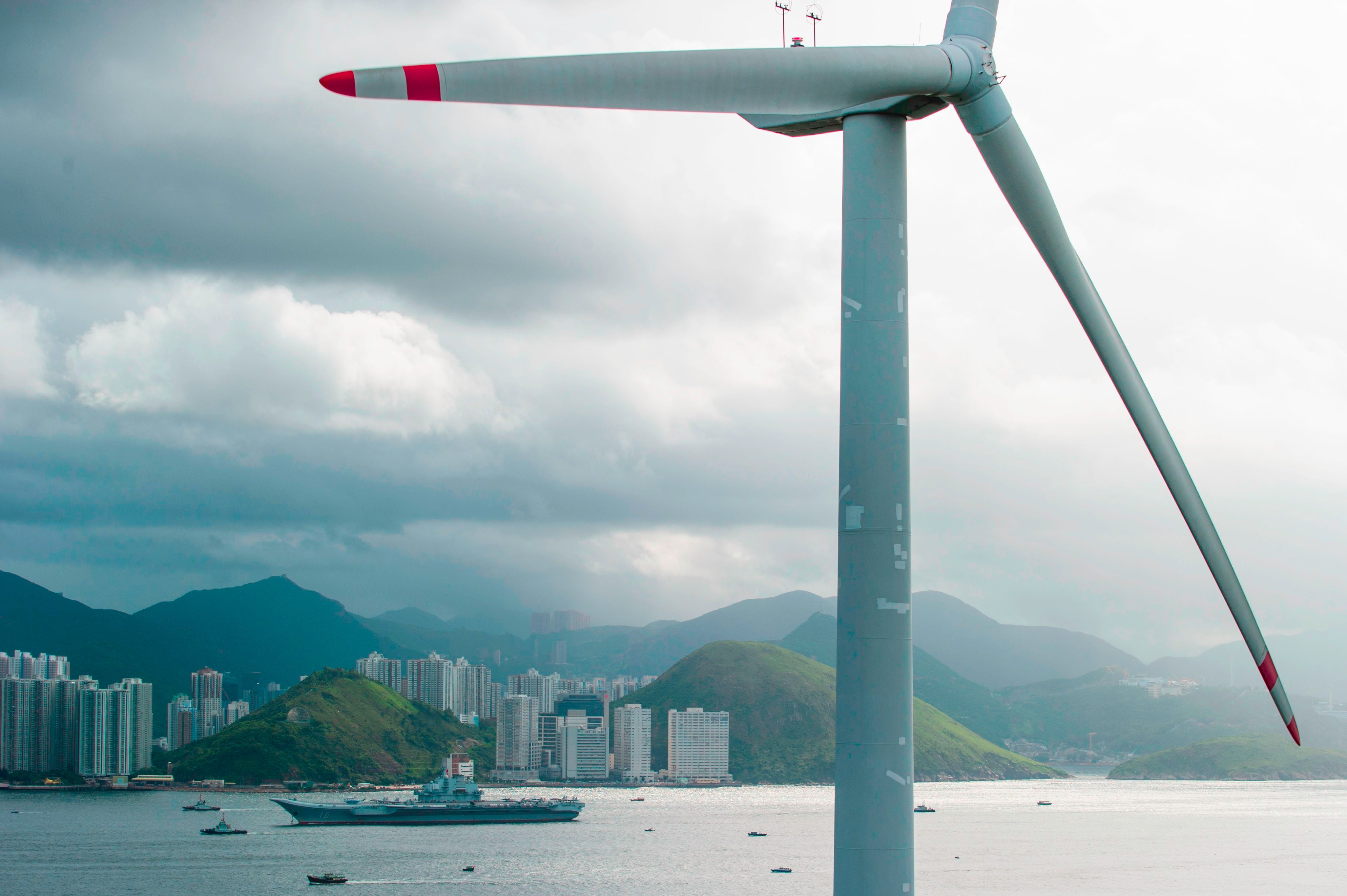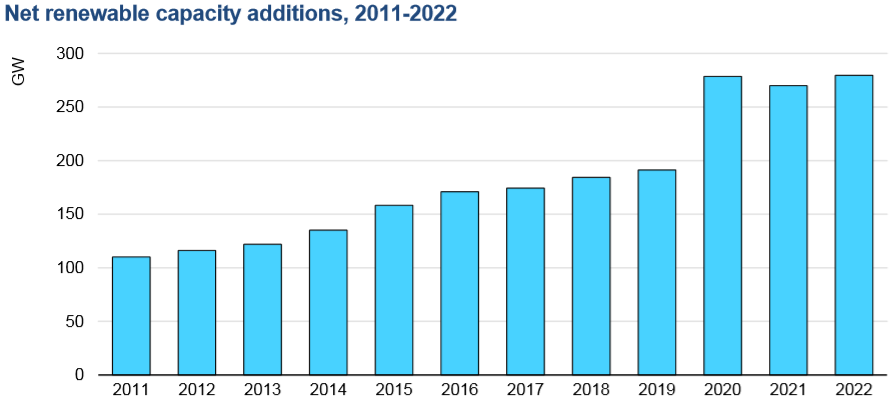Record growth in renewable power in 2020 set to become ‘new normal’, says IEA
A ‘step change’ in global renewable power growth must be matched by shifts to industry and transport if world is to meet climate goals, an analyst tells The Independent

Your support helps us to tell the story
From reproductive rights to climate change to Big Tech, The Independent is on the ground when the story is developing. Whether it's investigating the financials of Elon Musk's pro-Trump PAC or producing our latest documentary, 'The A Word', which shines a light on the American women fighting for reproductive rights, we know how important it is to parse out the facts from the messaging.
At such a critical moment in US history, we need reporters on the ground. Your donation allows us to keep sending journalists to speak to both sides of the story.
The Independent is trusted by Americans across the entire political spectrum. And unlike many other quality news outlets, we choose not to lock Americans out of our reporting and analysis with paywalls. We believe quality journalism should be available to everyone, paid for by those who can afford it.
Your support makes all the difference.The record surge in global renewable power seen in 2020 is set to become the “new normal” in coming years, a new analysis suggests.
Last year, renewable sources of electricity such as wind and solar grew at their fastest annual rate in two decades – “defying” the effects of the Covid-19 pandemic on the global economy.
A new analysis from the International Energy Agency (IEA) suggests that this level of growth is set to continue in 2021 and 2022.
In its latest update, the IEA reports that the world added 280 gigawatts (GW) of new renewable power capacity in 2020 – and is set to add a further 270GW in 2021 and around 280GW in 2022.
This means that global growth in renewable power from 2020 to 2021 is set to be 50 per cent higher than in the period 2017 to 2019, said Heymi Bahar, lead author of the renewables report and a senior analyst at the IEA.
“2020 will be remembered in multiple ways because of Covid, but for renewables I think it will be remembered as a step change for growth,” he told The Independent.
“This is really the main takeaway – that the ‘new normal’ after 2020 will be for much faster growth.”
This “step change” is visible on the chart below, which shows the net amount of renewable power capacity added each year from 2011 to 2020, with projections for 2021 and 2022.

Most of the growth in renewables seen in 2020 came from China – the world’s largest market for clean power, according to the report.
The growth in China is expected to slow slightly in 2021 and 2022, but will likely be compensated by new additions in Europe, the US, India and Latin America, the report added.
Despite the record growth in 2020, countries still need to do more to ensure that renewables expand at the pace needed to meet the world’s climate goals, said Dr Fatih Birol, executive director of the IEA.
“Wind and solar power are giving us more reasons to be optimistic about our climate goals as they break record after record,” he said.
“Governments need to build on this promising momentum through policies that encourage greater investment in solar and wind, in the additional grid infrastructure they will require, and in other key renewable technologies such as hydropower, bioenergy and geothermal.
“A massive expansion of clean electricity is essential to giving the world a chance of achieving its net zero goals.”
Mr Bahar added that the step change seen in the power sector must be matched by shifts to industry and transport if the world is to meet its climate goals.
“The energy system is not just about electricity, we also have transport and industrial energy consumption where renewable penetration is very limited,” he said. “Policies need to support the expansion of renewables in these sectors as well.”
Join our commenting forum
Join thought-provoking conversations, follow other Independent readers and see their replies
Comments